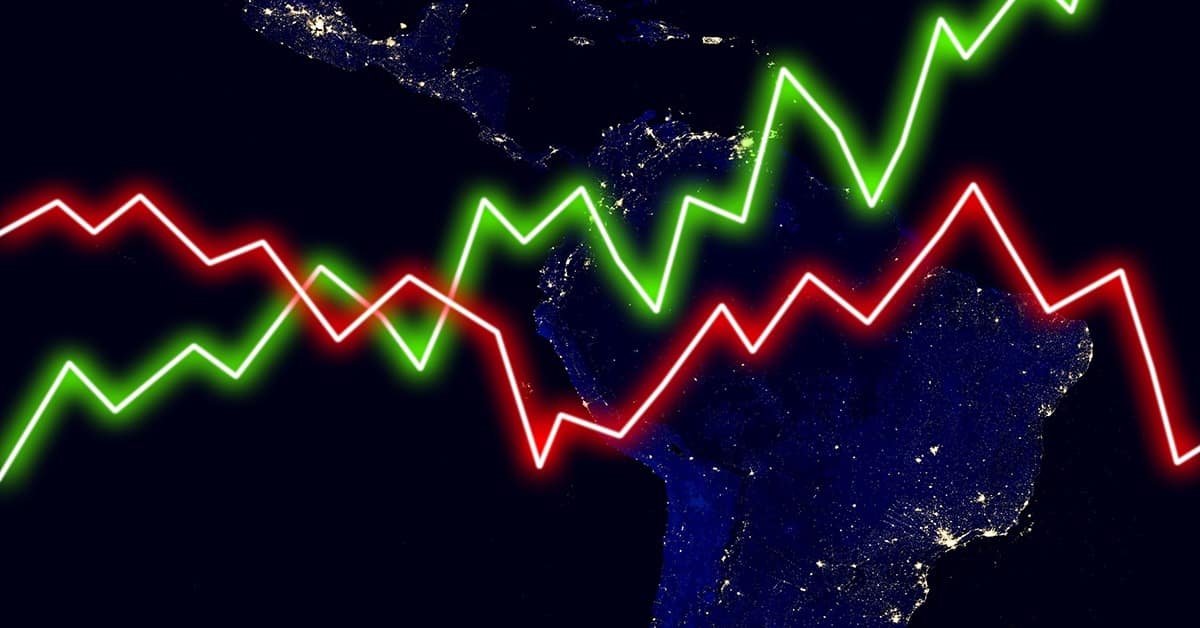The policy rate pivots in Brazil and Chile follow similar moves from two smaller Latin American central banks, namely Costa Rica and Uruguay.

The first major economies in the Americas to start tightening financial conditions in 2021 have also become the first to cut rates in 2023.
Brazil and Chile lowered borrowing costs by more than the market expected in August. The former resorted to a 50 basis point cut, bringing the country’s base rate from 13.75% to 13.25%. The latter slashed a full percentage point, settling at 10.25%.
Still, real rates in those countries remain some of the highest in the world. Financial conditions haven’t softened as much as the nominal numbers show. With inflation running at 4%, Brazil’s treasuries currently yield a juicy 9.25% above inflation, a level similar to June, when both inflation and rates were higher. The situation is similar in Chile, where inflation is currently 6.5%.
Reginaldo Nogueira, director of the Brazilian Institute of Capital Markets, expects this scenario to persist in 2023.
“Although headline inflation numbers are falling, core readings remain high, putting pressure on central banks,” the economist warns. “What is more likely to happen is that basic interest rates will end the year still at high levels, guaranteeing positive real interest rates to complete the disinflationary battle.”
The policy rate pivots in Brazil and Chile follow similar moves from two smaller Latin American central banks, namely Costa Rica and Uruguay. Costa Rica took its first step toward lower rates in July, shifting the policy rate from 10.75% to 10%. And, against the backdrop of an incredible 1.2% year-over-year inflation read in July, the Central American country has cut rates four times this year, bringing the benchmark to 6.5%.
Expectations are now high that other countries in the region will soon follow suit. Mexico, Colombia and Peru have recently signaled their intent to start pivoting as well, broadening the regional tendency.
The odd man out remains Argentina. With inflation in the country running at a lofty 113.4%, the central bank has been battling to stay ahead of the curve. With a whopping 21% rate hike in August, the country pushed its base rate to 118% and is finally running on positive real rates.



